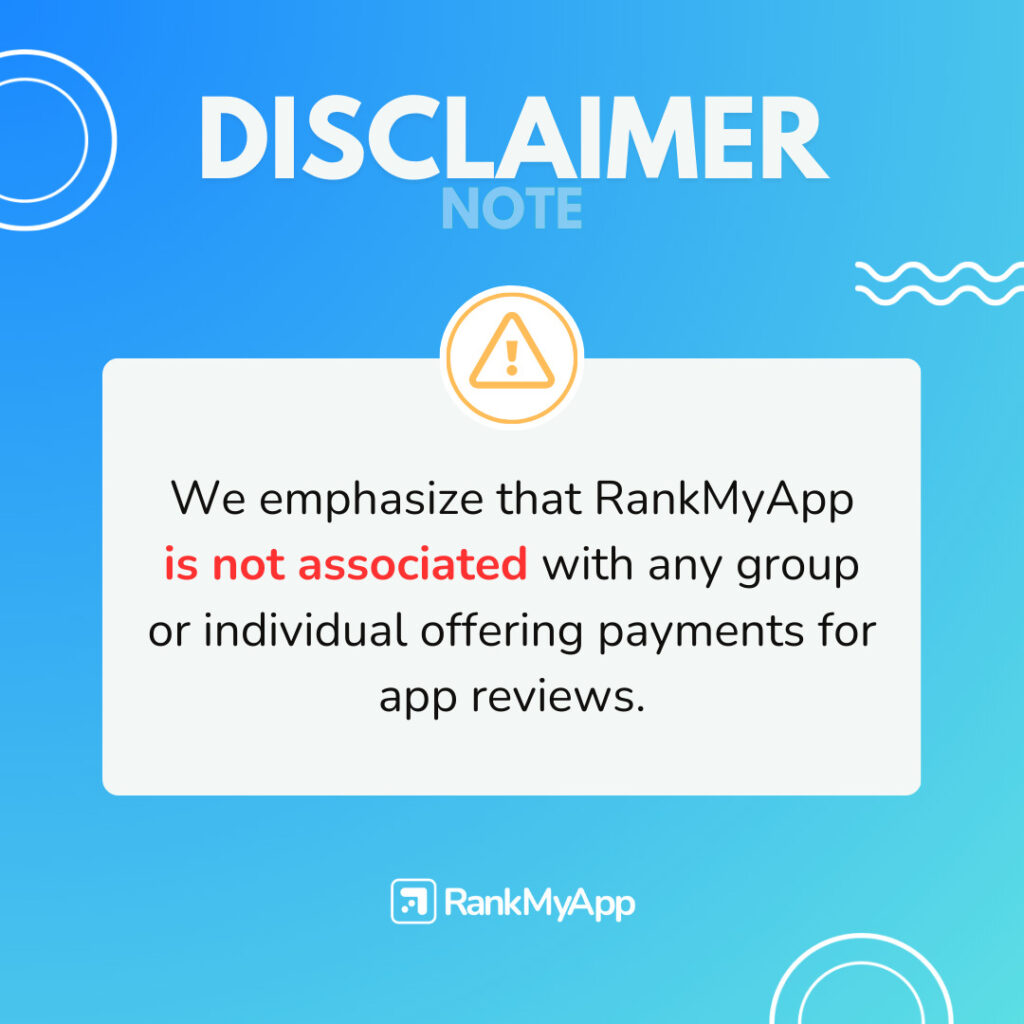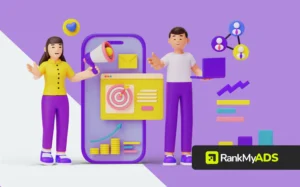Mobile app promotion done the right way increases your app’s visibility, resulting in more installs.
Cross-promotion can be an effective mobile app marketing strategy, but like anything, this route has pros and cons and needs to be carefully considered.
What Is Cross-Promotion?
There are several types of cross-promotion, as seen below.
Direct Cross-Promotion
This is when a pair of app developers agree to send traffic to each others’ apps. Determining the specifics (how much traffic will be directed, and the cost, if any, for that traffic) takes more time than you might expect.
It’s also a good idea to make sure your partner’s users will be interested in your app. Checking their demographics is yet another time-consuming step, but shouldn’t be skipped.
Avoid rushing through the process of finding the right partner and creating a fair agreement so that you will benefit from the partnership.
App Network Exchanges
This option takes far less time but leaves the developer with less control over where the app ads appear. Whenever your app causes a user to download another app, you receive credit, which is then used to show your ad to other users. This is a very cost-effective way to advertise.
Internal Cross-Promotion
An App that is already established with plenty of users is great for advertising new apps by the same developer. This works best when the new apps appeal to the same target market as the apps that already have a following.
Benefits of Using Cross-Promotion
Let’s check the pros of using this technique for Mobile App Promotion:
Cost Effective
In most cases, this form of mobile app marketing won’t cost anything because it often works on a credit system. Credits are received for leading users to download other apps. These credits are put towards advertising your own app.
Greater Transparency
Ad networks tend to be limited in how much useful information they give to app developers, giving an unclear picture of which ads generate revenue and where those ads are appearing.
With direct cross-promotion, developers work with each other and know exactly what is going on with their ads. This gives them a better idea of what works and what doesn’t.
Capitalizing on Users Already Acquired
Internal cross-promoting is particularly effective for multiple apps that appeal to the same target market and come from the same developer. Not only will current users be more likely to download other apps from that developer, but they will also be more likely to keep using the apps.
Cons of Using Cross-Promotion
Let’s check the cons of using this technique for Mobile App Promotion:
Time
Finding just the right partner takes time. The other app developer needs to have a quality app and their users need to fit your target market.
Negotiating the details of the agreement also takes time.
Harder for Newbies
Cross-promotion works best with already established apps. This is because your app will only be promoted in proportion to how many installs your app generates for another app. The fewer users an app has, the less the ads for other apps will be seen, resulting in fewer downloads for those other apps.
That is why new app developers cannot solely rely on cross-promotion. Newbies who want to go this route must use it in combination with more traditional mobile app marketing strategies.
Focus on Gaming Apps
Many networks concentrate on gaming apps, which would actually be a benefit if your app falls into this category. But if not, this would be a definite con.
Summary
With its low cost, it’s easy to understand why cross-promotion is an appealing method of mobile app promotion. However, it might not be right for everyone. So find what works for you.
If you are feeling lost and aren’t sure how to market your app, get in touch with a specialist from RankMyApp, where you can get help with making your app more visible and generating more installs.




